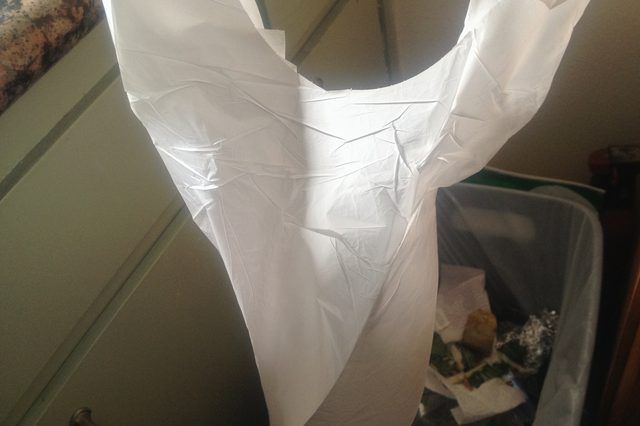Bulbs
Flower Basics
Flower Beds & Specialty Gardens
Flower Garden
Garden Furniture
Garden Gnomes
Garden Seeds
Garden Sheds
Garden Statues
Garden Tools & Supplies
Gardening Basics
Green & Organic
Groundcovers & Vines
Growing Annuals
Growing Basil
Growing Beans
Growing Berries
Growing Blueberries
Growing Cactus
Growing Corn
Growing Cotton
Growing Edibles
Growing Flowers
Growing Garlic
Growing Grapes
Growing Grass
Growing Herbs
Growing Jasmine
Growing Mint
Growing Mushrooms
Orchids
Growing Peanuts
Growing Perennials
Growing Plants
Growing Rosemary
Growing Roses
Growing Strawberries
Growing Sunflowers
Growing Thyme
Growing Tomatoes
Growing Tulips
Growing Vegetables
Herb Basics
Herb Garden
Indoor Growing
Landscaping Basics
Landscaping Patios
Landscaping Plants
Landscaping Shrubs
Landscaping Trees
Landscaping Walks & Pathways
Lawn Basics
Lawn Maintenance
Lawn Mowers
Lawn Ornaments
Lawn Planting
Lawn Tools
Outdoor Growing
Overall Landscape Planning
Pests, Weeds & Problems
Plant Basics
Rock Garden
Rose Garden
Shrubs
Soil
Specialty Gardens
Trees
Vegetable Garden
Yard Maintenance
How to Kill Grasshoppers With Vinegar
How to Kill Grasshoppers With Vinegar. There are many varieties of grasshoppers across the United States. All pose a nuisance to the home gardener. Most grasshoppers enjoy eating predominately grasses and broad-leaf plants. As nymphs and young wingless grasshoppers they tend to reside close to where they were hatched until the food supply is...
There are many varieties of grasshoppers across the United States. All pose a nuisance to the home gardener. Most grasshoppers enjoy eating predominately grasses and broad-leaf plants. As nymphs and young wingless grasshoppers they tend to reside close to where they were hatched until the food supply is exhausted. Soon the adult grasshopper has wings and can travel many miles in search of sustenance. Home gardens are a favorite location for feeding grasshoppers. Many households hesitate to use pesticides on their home vegetable sources and are turning to a variety of safe, organic control methods.
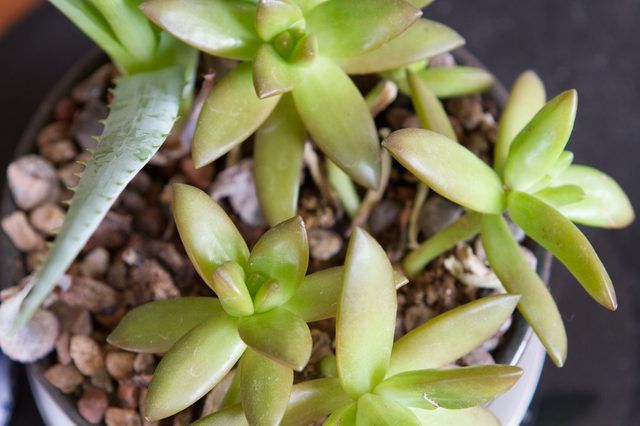
Things You'll Need
Apple cider vinegar
Water
Large plastic freezer bags
Hand held sprayer
Pure soap flakes
Liquid dish soap
Garden sprayer
Canola Oil
Step 1
Mix one part apple cider vinegar with three parts water and add 5 g of pure soap flakes. Pour the mixture into a large insecticide sprayer.
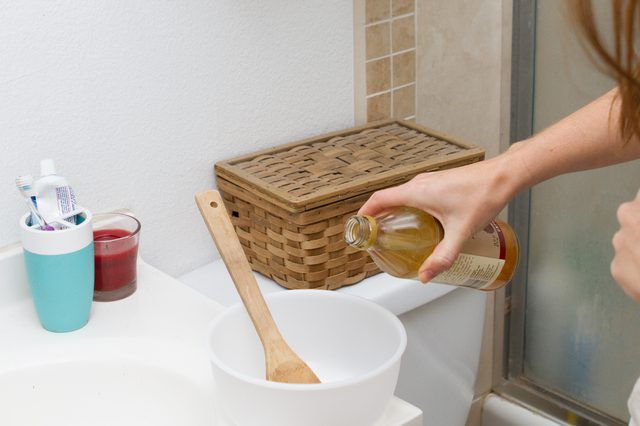
Step 2
Spray the solution in the early morning on all the leaves, stems and ground for grasshoppers. If you see grasshoppers thoroughly drench them with the solution.
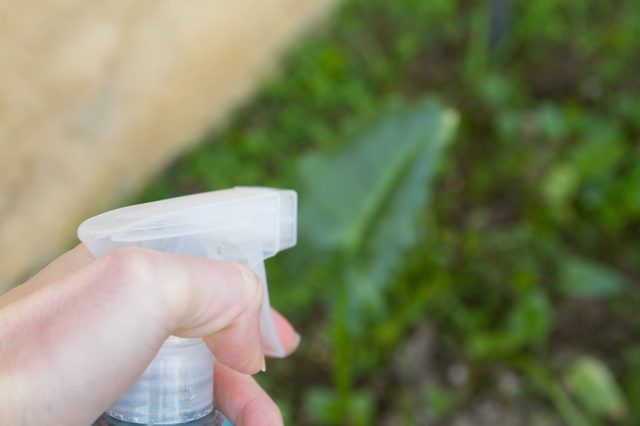
Step 3
Wait two days and then repeat the application. Continue until the grasshopper infestation has significantly diminished.
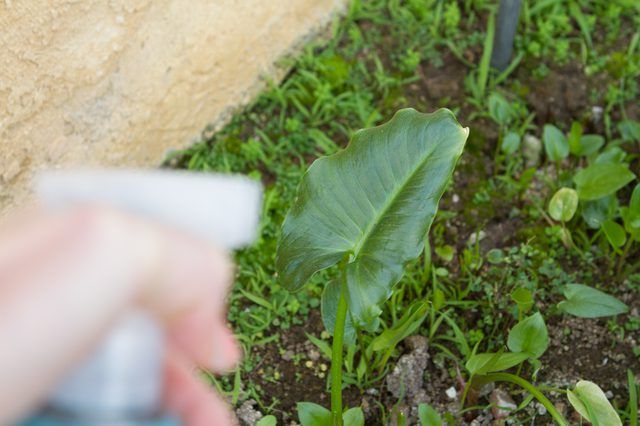
Step 4
Pick up the dead grasshoppers in your garden. Place the dead grasshoppers in a garbage bag and promptly dispose of. Birds will dine on many of the dead grasshoppers in the garden but the vinegar mixture will not harm the birds.
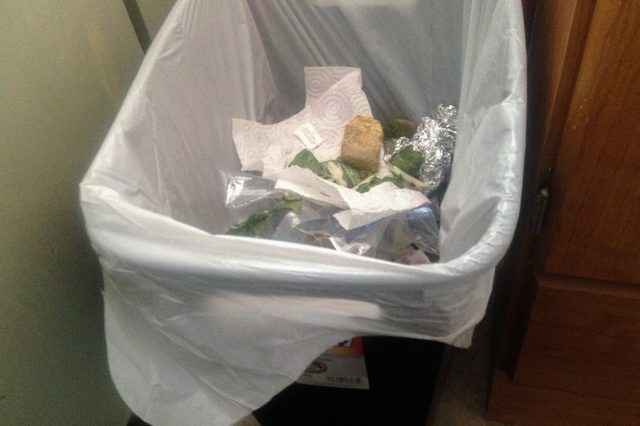
Step 5
Fill large plastic freezer bags a quarter of the way full with pure apple cider vinegar with 1 tbsp. of canola oil and place in the rows of the garden. This is an excellent trap for grasshoppers. Grasshoppers are drawn to the solution and drown in the vinegar.
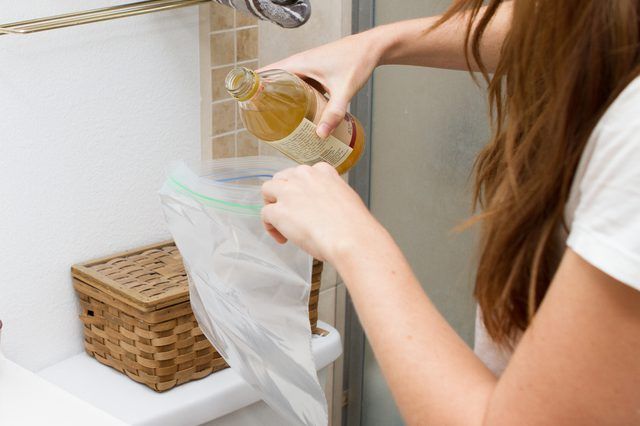
Step 6
Pick out the dead grasshoppers from the vinegar traps. Dispose of the grasshopper bodies into a garbage bag.
